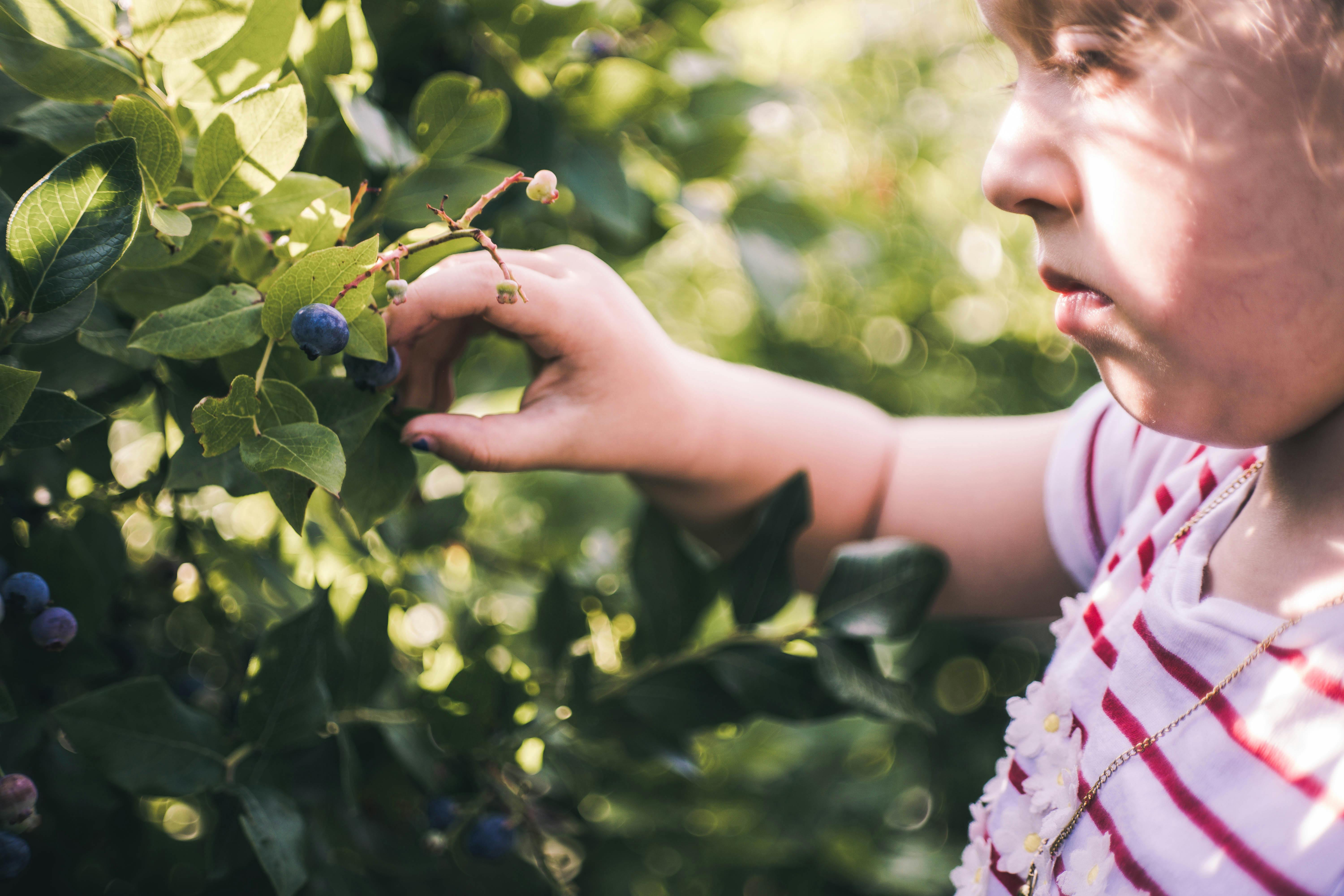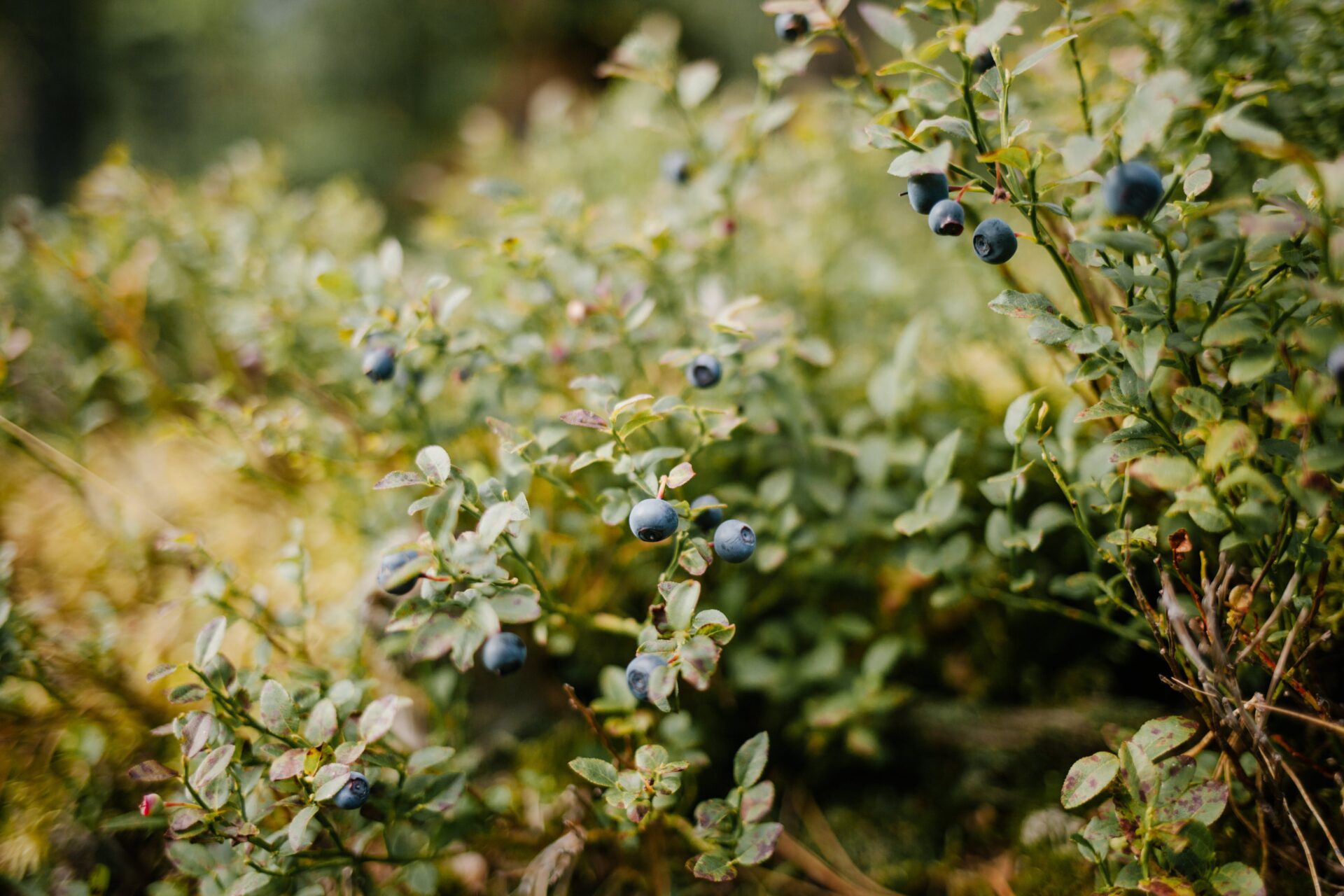Are blueberry bushes perennial? The answer is yes. Blueberry bushes are long-lived, woody plants that are capable of producing fruit for many years to come. In fact, some varieties can produce for 30 years or more! Blueberry bushes are easy to care for and can thrive in many different climates, making them an ideal choice for home gardeners. They also make a great addition to any landscaping project. In this article, we’ll discuss how to care for your blueberry bush and what you can expect in terms of yield and flavor from a well-maintained plant.A blueberry bush is a type of shrub that produces edible fruits called blueberries. The bush is native to North America and typically grows in acidic soil with plenty of sunlight. Its branches are covered in small, white flowers in the springtime, which eventually give way to clusters of small, round blueberries. Blueberry bushes can be grown in a variety of climates and are often used in many gardens as an ornamental plant.
Perennial Plant
A perennial plant is one that lives for more than two years. Unlike annual plants, which die and regrow each year, perennials survive through the winter and come back year after year. Perennials can be evergreen or deciduous and come in a wide variety of shapes, sizes, colors, and varieties. Many of our favorite garden flowers are perennials, including roses, lilies, peonies, daffodils, irises and daylilies. Trees and shrubs such as junipers, hollies, magnolias and azaleas are also considered perennials. Perennials tend to require less care than annuals since they don’t need to be replanted each year. They can also provide habitat for insects and wildlife in your garden.
When choosing perennials for your garden it’s important to consider the local climate. While some varieties are more tolerant of cold weather than others, most perennial plants prefer mild temperatures and well-draining soil with plenty of organic matter. It’s also important to research the specific needs of each type of plant before planting as some may require more pruning or fertilizing than others. Finally, it’s important to remember that many perennial plants may take a few years to reach full growth potential so patience is key!
Health Benefits of Planting Blueberry Bushes
Blueberries are packed with antioxidants and vitamins, making them a superfood that offers multiple health benefits. Planting blueberry bushes in your garden can provide a reliable source of healthy fruit for you and your family to enjoy. Not only are blueberries tasty, but they can help protect your body against many diseases. Eating blueberries regularly can reduce the risk of cancer, heart disease, stroke, diabetes and more. Additionally, blueberries contain fiber which helps to maintain a healthy digestive system and promote regular bowel movements.
Low Maintenance
Blueberry bushes require little maintenance compared to other garden plants such as vegetables or herbs. They need minimal pruning and don’t require as much watering as other plants. This makes them ideal for busy people who don’t have the time or energy to tend to their gardens on a regular basis. With just a bit of effort every now and then, you can harvest an abundance of healthy fruits from your own backyard.
Attractive Landscaping
Blueberry bushes are attractive additions to any landscape. They come in various shapes and sizes and produce beautiful blooms during the summer months. Not only do they add aesthetic appeal to your property, but they also attract pollinators such as bees and butterflies which are essential for maintaining a healthy ecosystem in your backyard or garden.
Delicious Fruits
The best part about planting blueberry bushes is that you’ll have an endless supply of delicious fruit at your fingertips! Blueberries make great additions to smoothies, desserts, salads or even just eaten on their own as a snack. You can also freeze them so that you have access to fresh blueberries year-round!
How to Plant Blueberry Bushes
Planting blueberry bushes is a great way to add a sweet flavor to your garden. Blueberries are easy to grow and require minimal care once they are established. When planting blueberry bushes, it is important to consider the type of soil, sunlight, and drainage that will be best for the plants. Here are some tips on how to plant blueberry bushes for optimal growth and health.
The first step in planting blueberry bushes is to choose the right variety for your area. Different varieties of blueberries have different requirements in terms of soil, climate, and light exposure. Make sure you select a variety that is suitable for your area and the conditions you can provide.
Once you have chosen the right type of blueberry bush for your area, the next step is preparing the soil. Blueberries prefer soil with an acidic pH level of 4.5-5.5 so it is important to test your soil before planting or add amendments such as compost or sulfur if necessary. The plants also need well-draining soil so make sure there is adequate drainage in the area you plan on planting them in.
The third step in planting blueberry bushes is selecting the best location for them in your garden. Blueberries need at least 6 hours of sunlight each day so make sure you choose an area that gets plenty of sun throughout the day. You should also keep these plants away from other trees or large shrubs that may shade them too much or compete with them for water and nutrients.
Finally, when it comes time to actually plant your blueberry bushes, dig a hole twice as wide as the root ball but only deep enough so that it covers half of the root ball’s height. Gently backfill with soil and water thoroughly after planting. Make sure not to bury any part of the stem as this can cause rot or disease issues later on.
With these tips, you can successfully plant blueberry bushes in your garden and enjoy sweet fruit from them each year!
Where to Buy Blueberry Bushes
If you’re looking to add blueberry bushes to your garden or landscape, there are a few different places you can buy them from. It is important to know what variety of blueberry bush you want, and where the best place is to purchase it. Some of the most popular places to buy blueberry bushes include local nurseries, garden centers, online retailers, and even from local farmers.
Local nurseries and garden centers are a great place to start when looking for blueberry bushes. These stores often carry a wide variety of plants, including some varieties of blueberry bushes. They usually have knowledgeable staff who can help you find the right type of bush for your needs. It is important to note that many nurseries and garden centers don’t carry all varieties of blueberry bushes, so it’s always a good idea to call ahead and ask before visiting.
Online retailers provide an easy way to purchase blueberry bushes without ever leaving home. Many online plant stores offer specific types of blueberry bushes for sale in a variety of sizes and prices. Not only do these stores offer convenience but also a larger selection than most local nurseries or garden centers. Additionally, many online retailers provide detailed information about each type of bush they sell so you can make an informed decision on which one is right for your needs.
Another option for buying blueberry bushes is from local farmers or growers in your area. Many farmers specialize in growing specific types of plants and will likely have some varieties of blueberries available for purchase. These farmers also typically have more knowledge about growing conditions and can give you advice on how best to care for your new bush once it arrives at home.
No matter where you choose to buy your blueberry bushes from, make sure that they are healthy when they arrive at home so that they can thrive in their new environment and produce delicious berries year after year!

How to Care for Blueberry Bushes
Caring for blueberry bushes requires special attention to ensure the plants reach their full potential. To begin, it is important to choose a location for the bushes that has well-draining soil and is exposed to plenty of sunlight throughout the day. Planting the bushes in raised beds is recommended as this will provide better drainage and more control over nutrients in the soil. In addition, blueberry bushes require acidic soil with a pH of 4-5.5, so testing the soil prior to planting is highly recommended.
Once planted, blueberry bushes need to be watered regularly during dry periods. It is best to water the soil around the base of the plant rather than watering from overhead as this will prevent disease from forming on leaves and fruit. Mulching around the base of each bush can help retain moisture levels in addition to controlling weeds and preventing erosion.
Fertilizing blueberry bushes is also important for strong growth and plentiful harvests. Fertilizing should be done in early spring with an acidic fertilizer containing nitrogen, phosphorus, and potassium. This should be done every year and it may also be necessary to add sulfur or iron sulfate to reduce pH if needed.
Finally, pruning is essential when caring for blueberry bushes as this helps keep them healthy and productive. Pruning should be done after harvesting each year by removing any dead or diseased branches along with any that are crossing or growing inwards towards the center of the bush. This will help ensure adequate airflow throughout the plant which reduces disease problems and encourages new growth every season.
When and How to Prune a Blueberry Bush
Pruning blueberry bushes is an important part of keeping them healthy and productive. It helps to increase the size and yield of fruit, promote new growth, and remove dead or diseased branches. Pruning should be done at the right time of year for optimal results.
Blueberry bushes should generally be pruned in late winter or early spring before new growth begins. This is when they are dormant and there is less risk of spreading any diseases that may be present. Pruning in late winter or early spring will also help to ensure that new growth gets off to a good start in the coming year.
When pruning blueberry bushes, take care to remove any dead, diseased, or damaged branches. These can affect the health of the entire plant and should be removed as soon as possible. Also remove any crossing branches or suckers that are taking away nutrients from other parts of the plant.
In addition to removing unhealthy branches, it is also important to thin out foliage regularly. Doing so will help improve air circulation and reduce disease-causing humidity levels around the bush. When thinning out foliage, take care not to remove more than one-third of the branches at any one time.
Finally, prune back suckers that are growing from the base of the bush as well as any overly long canes that are reaching towards the ground instead of up towards the sky. This will help promote a strong upright form for your blueberry bush and encourage more productive fruiting in future years.
Harvesting Blueberries from a Bush
Harvesting blueberries from a bush is an easy and rewarding activity. The best time to harvest blueberries is when they are fully ripe, which usually happens in late summer or early fall. Before you begin harvesting, it’s important to understand how to tell if the berries are ripe and ready for picking. Fully ripe blueberries will appear plump and dark blue in color. They should also be firm to the touch, but not too hard. It’s important to handle the berries with care during harvest as they can easily become damaged or bruised.
When harvesting blueberries from a bush, it’s best to start with the outermost berries first and work your way inward. This will ensure that all of the berries receive equal sunlight and have a chance to ripen fully before being picked. It’s also important to pick only ripe berries, as leaving unripe ones on the bush can stunt further growth of other nearby fruits. If you find any moldy or rotten berries on the bush, make sure to discard them immediately as they can spread disease throughout the plant.
Once all of the ripe blueberries have been harvested from a bush, it’s important to store them correctly in order for them to last longer. Place unwashed blueberries in an airtight container or resealable bag and store them in a cool place such as a refrigerator or root cellar for up to one week. Washed blueberries should be dried thoroughly before storing in order to prevent mold growth. With proper storage techniques, your freshly harvested blueberries can be enjoyed all season long!

Conclusion
In conclusion, blueberry bushes are lovely additions to any garden and can provide a great source of fruit for years to come. They are relatively easy to grow and require minimal maintenance and attention. What’s more, they are perennial plants that will last for many years without needing to be replaced. In addition, blueberries are delicious and full of health benefits. For anyone looking for an easy to manage plant that can provide an abundance of tasty fruit, blueberry bushes are a great choice.
Therefore, if you have the right climate and soil conditions, consider adding some blueberry bushes to your garden this year in order to enjoy their sweet fruits in the summer months ahead.



